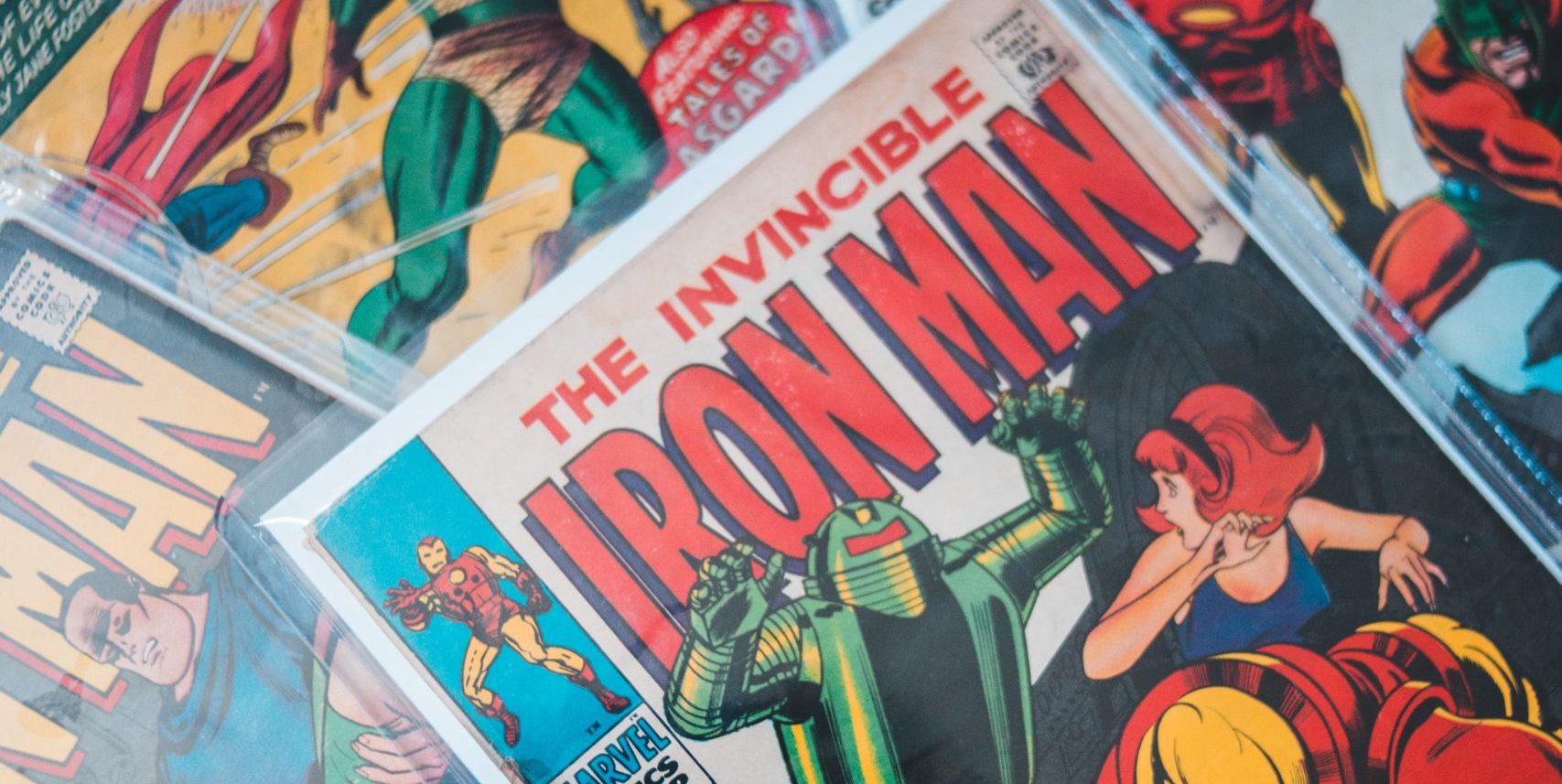
Blog post by Matthew McLellan, SATOV Analyst
Digital channel fragmentation, paired with both heightened device ownership and usage, is making it increasingly difficult for brands to engage with their current and potential customers. The average American owns four devices (e.g., laptop, mobile phone, tablet) and consumes over 60 hours of content across them each week. They are bombarded with targeted emails, as well as personalized banner and video ads. The ability to touch individual consumers across channels (e.g., online, mobile, social) is becoming an important lever in increasing engagement and spend.
Brands across verticals are starting to recognize the importance of multi-channel engagement, but only 17 of them have adopted it in their loyalty programs. Marvel is an example of a company taking a proactive approach to a multi-channel loyalty program.
The Marvel Insider program was introduced in late 2016, designed to generate increased engagement and spend. They are in a unique position, as their customers are often die-hard fans who completely immerse themselves in Marvel content and even create a subculture of fandom (see Comic-Con).
The multi-channel program is an excellent fit for Marvel for three main reasons:
- Increased engagement – The Marvel Insider program allows members to earn a ubiquitous currency across channels. The points consumers earn for sharing movie previews on Twitter are the same as those they earn for levelling up in mobile games. This prompts members to engage across channels, screens, and online activity, keeping them engaged and keeping the Marvel brand top of mind. In addition, the program leverages gamified earn-based tier levels that motivate consumers to engage more often with the brand, increasing consumer touchpoints. This allows members to earn more points, more rapidly – which is correlated with higher program adoption and brand engagement.
- Personalized redemption – Digital consumers are spoiled and have been classically conditioned to expect personalized redemption. The Marvel Insider program’s increased earn potential would be useless if consumers were not engaged throughout the redemption process. I think Marvel knocks it out of the galaxy here. They leverage their inherent customer fan base to drive a cost-free program with powerful redemption for things they crave. For example, consumers at the highest earn levels (750K points) can redeem points to be written into an upcoming Marvel comic of their choice, becoming a part of the story lines they have fantasized about for years – something of a dream for many of their fans. This is an excellent example of leveraging personalization to gain mindshare over competitors, as comic fans may select Marvel content over DC comics in order to become a part of the story!
- Data collection – In a world where online activity is fragmented across devices and providers, gathering actionable consumer data is key. Through their multi-channel loyalty strategy, Marvel is able to collect consumer data across their individual digital footprint. This allows them to build personal profiles rooted in historical activity, purchase, and redemption behaviour – and leverage it to provide a tailored loyalty experience. For example, Marvel was able to promote Guardians of the Galaxy 2 content to consumers they know stream Luke Cage, in order to drive movie ticket sales and increase their licensing revenues. In addition, they can target earn and redemption opportunities based on users’ activity, such as sending prompts to download and play the Daredevil mobile game because users had binge-watched its sister show, Jessica Jones, on Marvel’s streaming site.
Up to this point, Marvel’s program has been successful in driving engagement, as members redeem two times more than for general loyalty programs. As the program grows, it will be interesting to gauge how Disney (Marvel’s parent company) can leverage this unique data set across its other content channels (ESPN, A&E, Disney productions) and if competing entertainment brands adapt similar strategies. It is clear that brands need to adapt their loyalty strategies to a meet the growing demands of a multi-channel digital age.
Third-party sources:
- Nielsen: The US digital consumer report
- Crowdtwist: Multi-channel infographic
- Marvel company website
- Loyalty Expo 2017 – Marvel CX Presentation
Note [16-May-2023]: According to Oracle, which powers Marvel’s loyalty program, membership had reached over 2 million in April 2022. However, given Marvel’s box office sales (plus the fact that we don’t know how many of those 2 million are even active users), interest in the program so far seems quite low. A franchise of this size could be doing much more.
